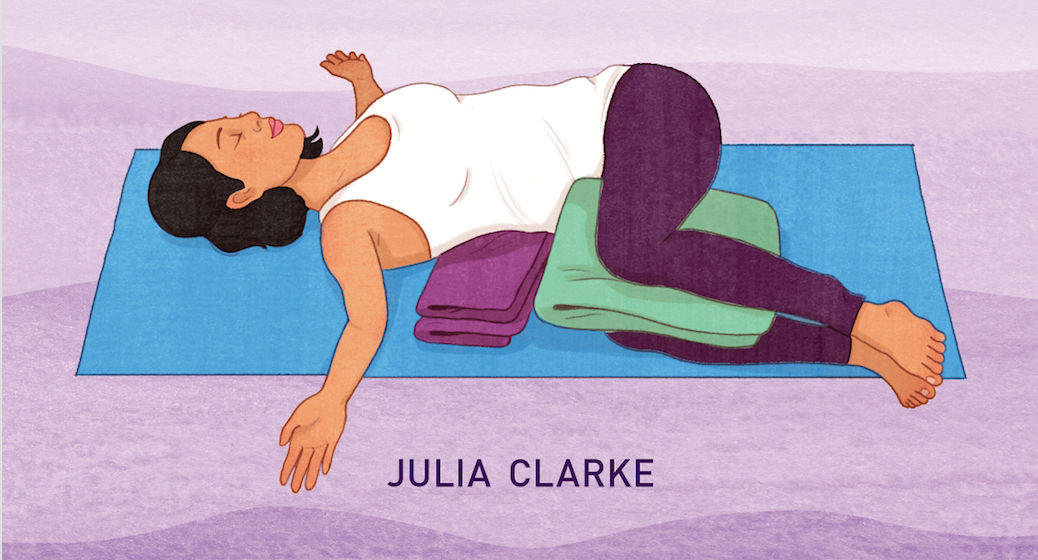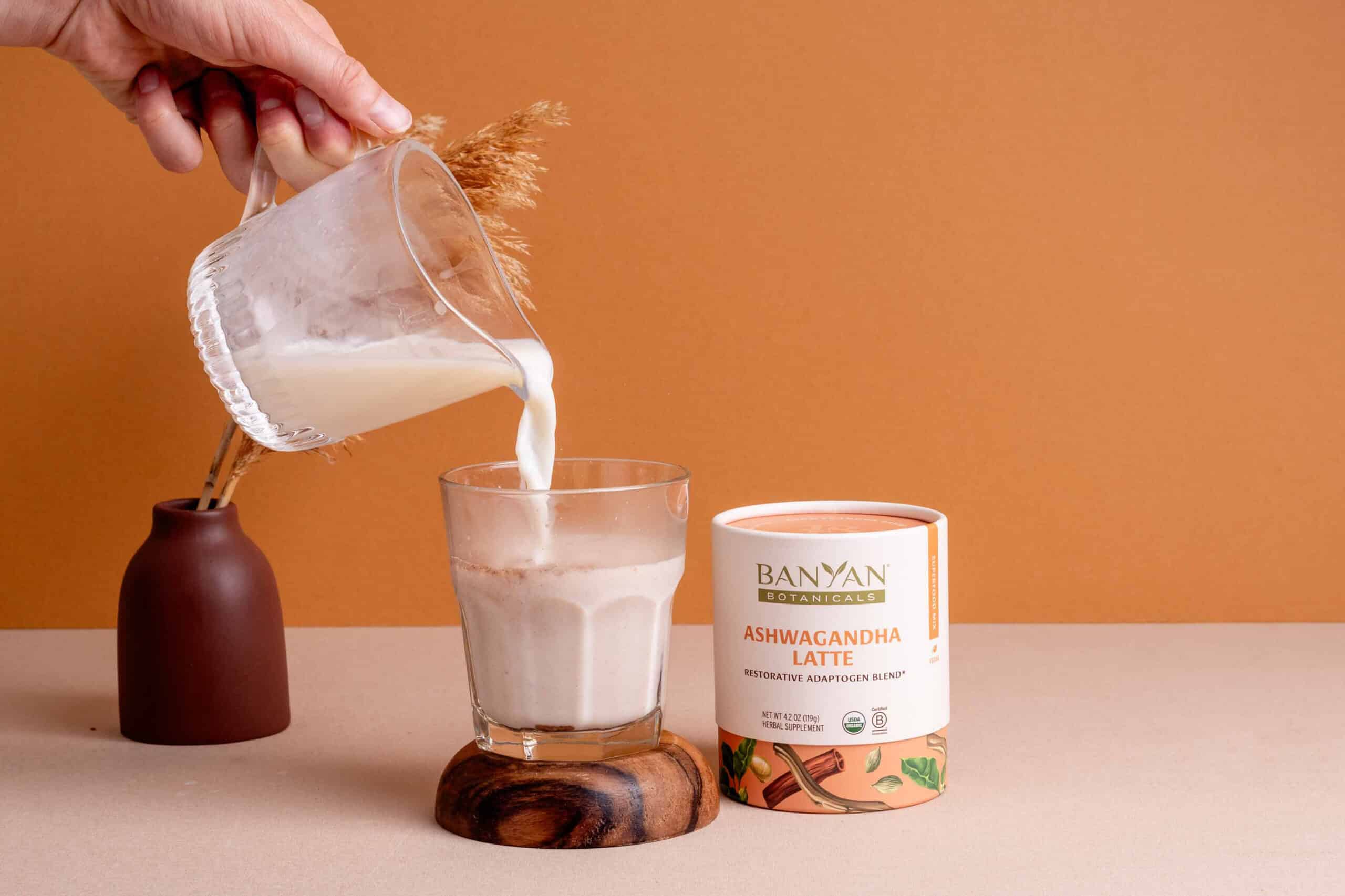What Makes Restorative Yoga Different? | By Julia Clarke
What Makes Restorative Yoga Different?
Many turn to yoga for stress relief only to find themselves gasping for air in fast-paced, competitive classes and forcing their bodies into impossible shapes. In restorative yoga, deep relaxation, supported postures, gentle breathing and meditation work together to ease stress by trading the push of productivity for the gifts of receptivity.
RESTORATIVE YOGA FOR BEGINNERS
Ours is a world that values action and rewards results. You’re told by the media that you’re not enough and you don’t have enough and that the solution is to do more and accumulate more. The concepts of rest and receptivity are neither prized nor commonly practiced, and the resulting epidemic of stress is feeding that of chronic disease as we adapt to the mounting pressures of modern life.
Imagine this: After another stressful, relentless, white-knuckle day at work you enter a quiet, softly lit room. On your yoga mat are blankets and cushions. You lie down, supported, and feel your body finally relaxing. You exhale. You feel a deep, inner stillness: a pause between breaths where you feel steady and free. Liberated from the confines of worry, the tidal wave of thoughts subsides. The spinning stops. After a few poses, you emerge renewed. That night, you sleep deeply, and, in the morning, you feel a little less stressed by the unending flow of email, traffic and demands.
This is the power of restorative yoga. Instead of poses like headstand and plank that strengthen your muscles against gravity, you find postures that elicit total mind-body relaxation. The ongoing self-analysis of critical thinking surrenders to heart-centered self-compassion and nonjudgment where true healing can begin.
Restorative yoga is based on these principles:
- A focus on opening and relaxation, not strength or flexibility
- Poses are held for up to 30 minutes, giving you time to relax completely
- The practice uses props in every pose to facilitate relaxation states that can
- otherwise be elusive
- The poses are simple and gentle, making it appropriate for everyone
- Each practice consists of only a handful of postures
-
It promotes states of peaceful contemplation, abundance and well-being

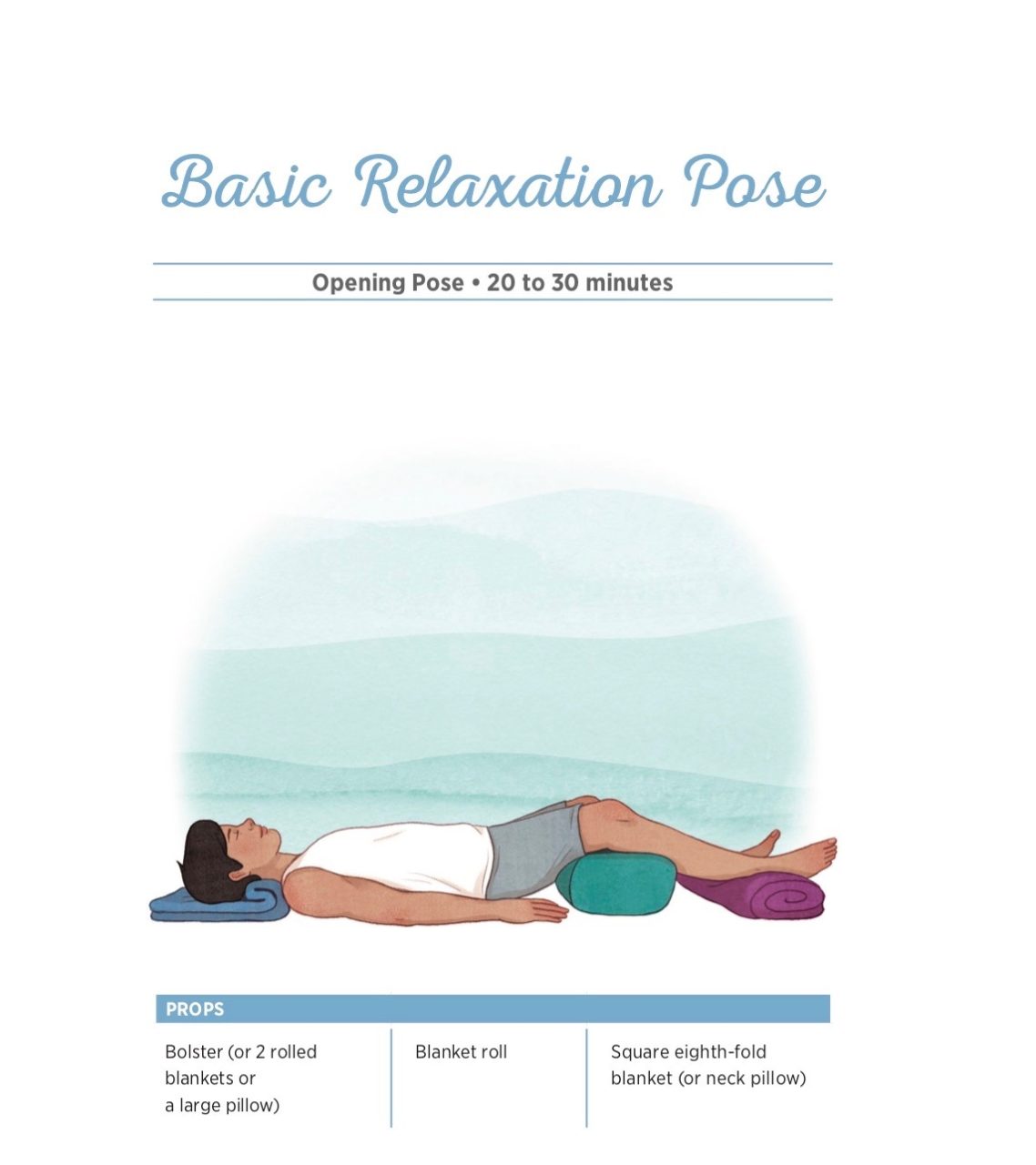
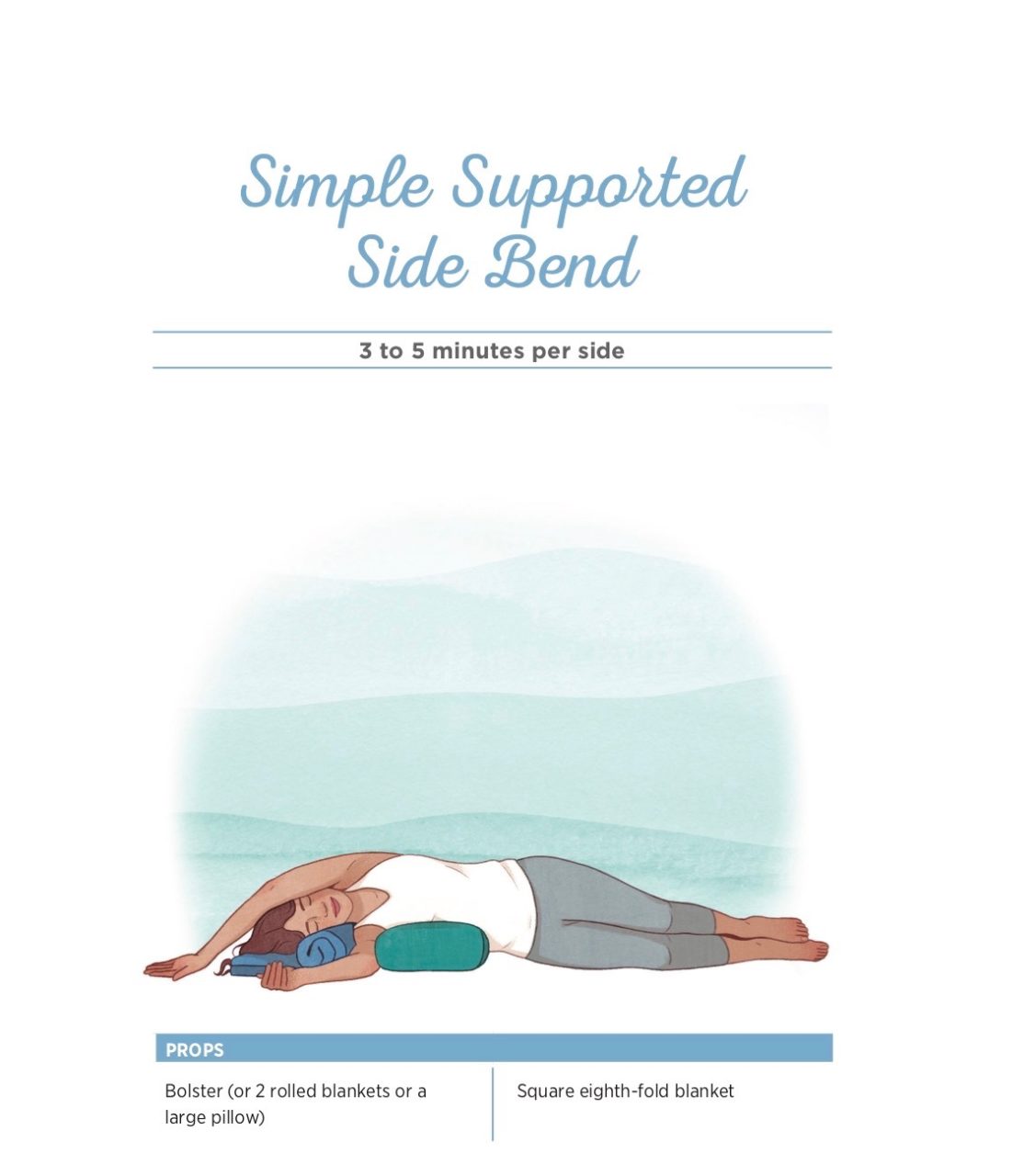
Other Styles of Yoga
Ashtanga yoga: Developed by Sri K. Pattabhi Jois, this dynamic, vigorous yoga practice syncs movement with breath. Ashtanga yoga consists
of six increasingly advanced sequences that include sun salutations, standing poses, arm balances, and deep backbends.
Bikram yoga: Created by Bikram Choudhury, this style of hot yoga features 26 postures and two breathing exercises practiced in a room heated to somewhere between 95oF and 108oF.
Iyengar yoga: Named after its founder, B. K. S. Iyengar, this practice emphasizes precision in alignment within postures and heavily features the use of props.
Kundalini yoga: Brought to the West by Yogi Bhajan, kundalini yoga centers on dynamic and forceful movements and breath work with chanting and meditation to move subtle energy, known as “kundalini energy.”
Vinyasa flow: Meaning “to place in a special way,” this creative and dynamic practice emerged in Southern California from students of Ashtanga yoga. Although the term may be used to describe a wide range of styles from Shiva Rea’s prana flow to power yoga, it denotes a flowing practice in which breath and movement are thoughtfully aligned.
“Anthropologists tell us the body that experiences stress has not changed much over the millions of years of being human. Our ancestors had the same anatomical and physiological characteristics as we who drive freeways and communicate via the information superhighway. We have an ancient body subjected to a modern problem: living with chronic stress.”
—Judith Hanson Lasater
Asivana products are made from FSC-certified cork and sustainably harvested natural rubber. Their products are naturally antimicrobial [...]
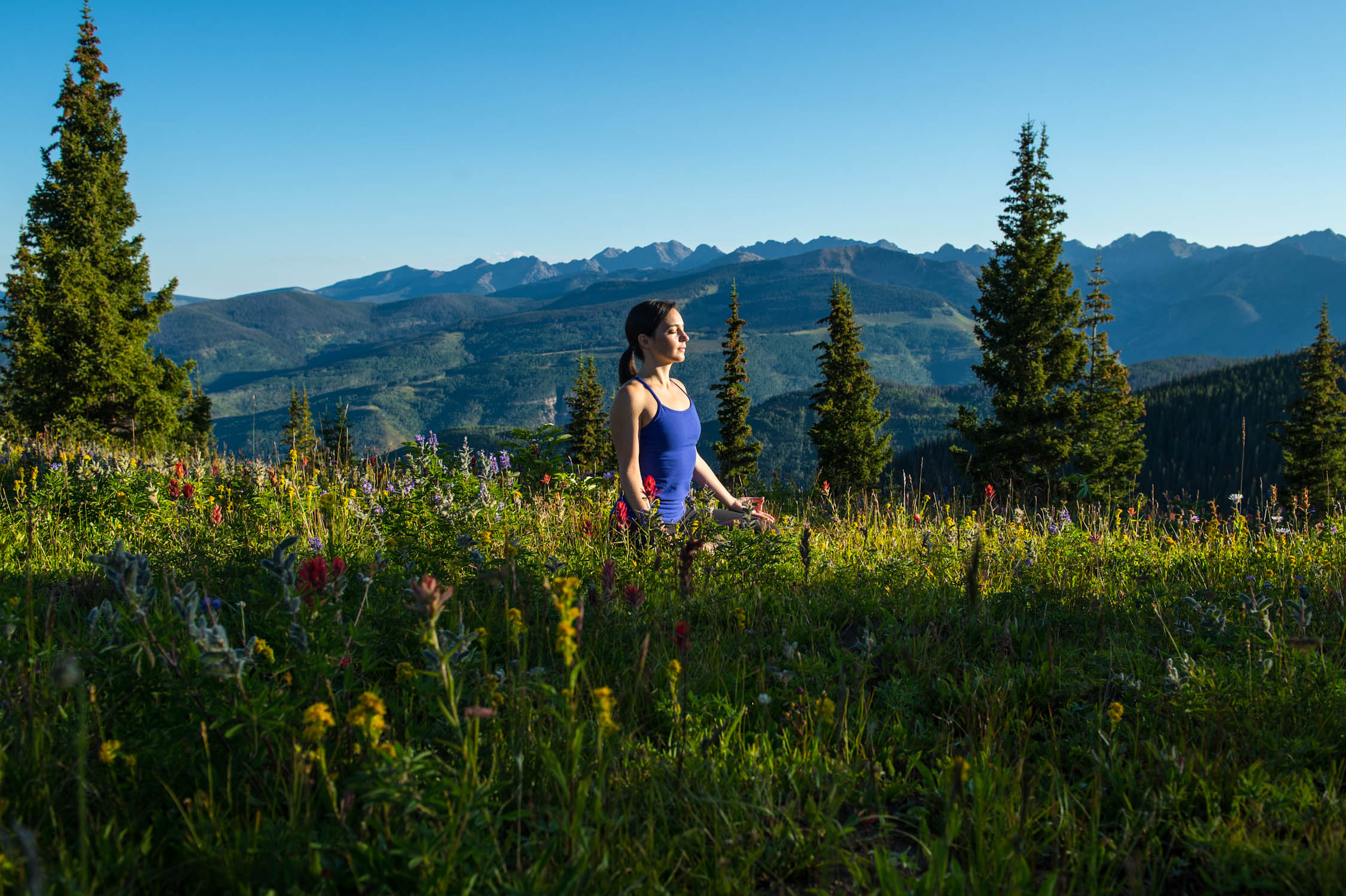
Subscribe to Our Tribe
Stay up to date with Y+L News, Events and special announcements.





